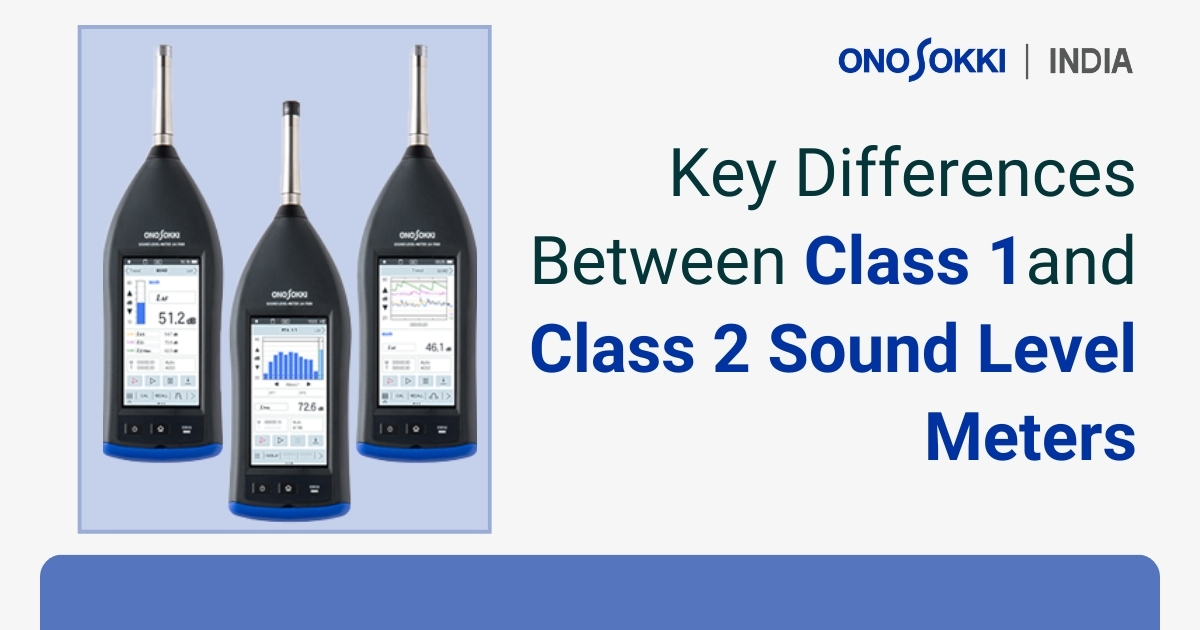



From environmental monitoring to workplace safety, measuring sound levels is of paramount importance in various industries. Professionals dealing with noise exposure and compliance with guidelines are using sound level meters for such purposes. Nevertheless, not all sound level meters belong in the same category, as two primary categories can be clearly distinguished: Class 1 sound level meters and Class 2 sound level meters. For one to buy the right tool, it is necessary to understand the differences.
A sound level meter is a device used to measure sound pressure levels in decibels(db). Basically, a sound level meter is the combination of microphone, amplifier, processor, and display. The display is showing real-time noise levels. Those instruments are used by engineer’s to assess the ambient noise, industrial noise, and worker sound exposure to safeguard human health and keep the law regulated.
A class 1 sound level meter is a very accurate tool that is made for doing noise measurements that are of the professional grade. It has a broad range of frequencies,lower tolerance for errors, and is typically deployed in environments with the highest precision demands.
A Class 2 sound level meter is a more general-purpose device, typically used in workplaces and non-critical noise measurements. It has a narrower frequency range and slightly higher tolerances for measurement variations.
Greater accuracy is provided by class 1 sound level meters thanks to extremely high calibration standards and a very low measurement tolerance. By comparison, class 2 sound level meters have a bit more variability, which makes them less accurate for in-depth noise study.
By covering more frequency-related areas, namely the broad range, the Class 1 meter is much more capable in terms of mapping the noise levels from the various sources, be they low, moderate or high, at the given location where it is placed.
Class 1 sound level meters are significantly more expensive due to their precision, while Class 2 meters are more budget-friendly.
The choice between a Class 1 sound level meter and a Class 2 sound level meter depends on your specific needs:
Sound level meters must comply with international standards such as IEC 61672 and national regulations which are suitable for their primary use. Class 1 meters are usually required for legal compliance whereas Class 2 meters are acceptable for workplace assessments.
1. High accuracy and precision
2. Wide frequency range
3. Suitable for professional and legal use
1. Expensive
2. Requires professional calibration
1. Affordable
2. Easy to use for general noise assessments
3. Meets basic regulatory requirements
1. Less accurate than Class 1
2. Limited frequency response
The choice between the Class 1 and Class 2 sound level meters is determined by the needs of the particular situation. When you require high accuracy for environmental uses, Class 1 is a perfect option. On the other hand, for noise extent of the work area and general evaluations, Class 2 is the most affordable choice. Knowing these essential differences will allow you to buy the right instrument for your noise measurement needs.